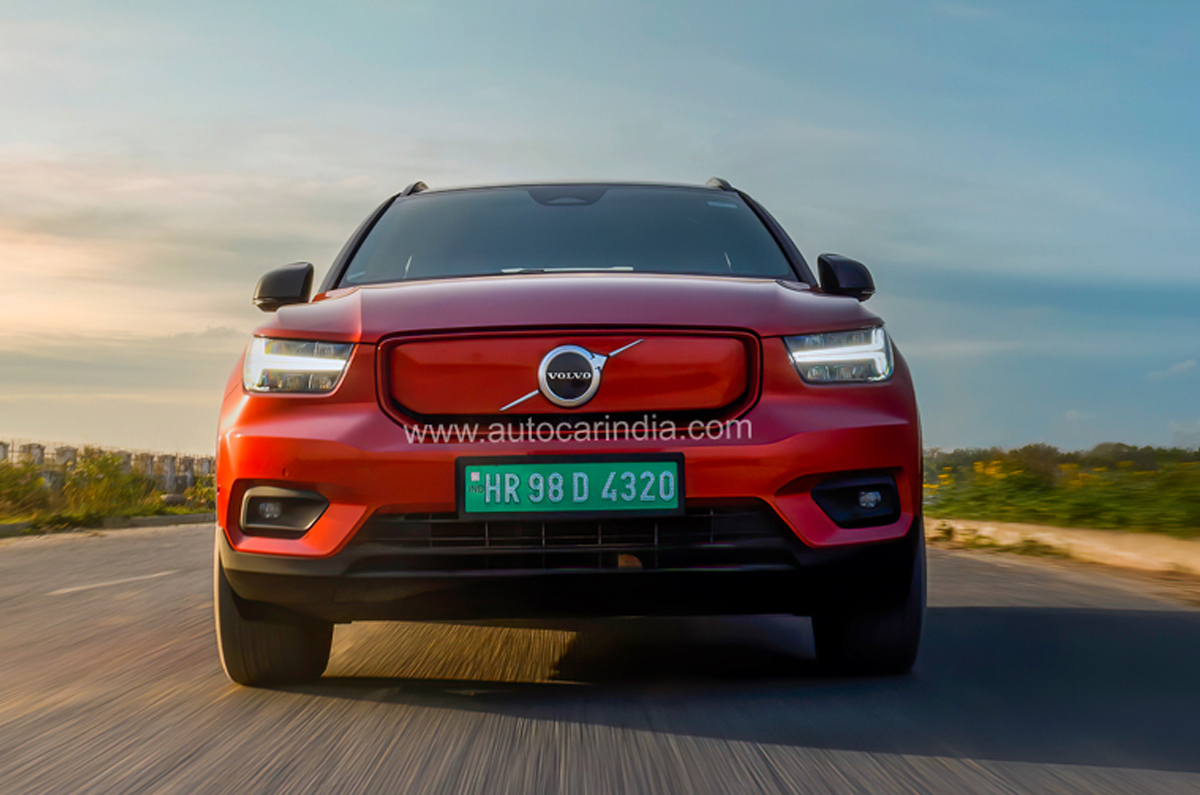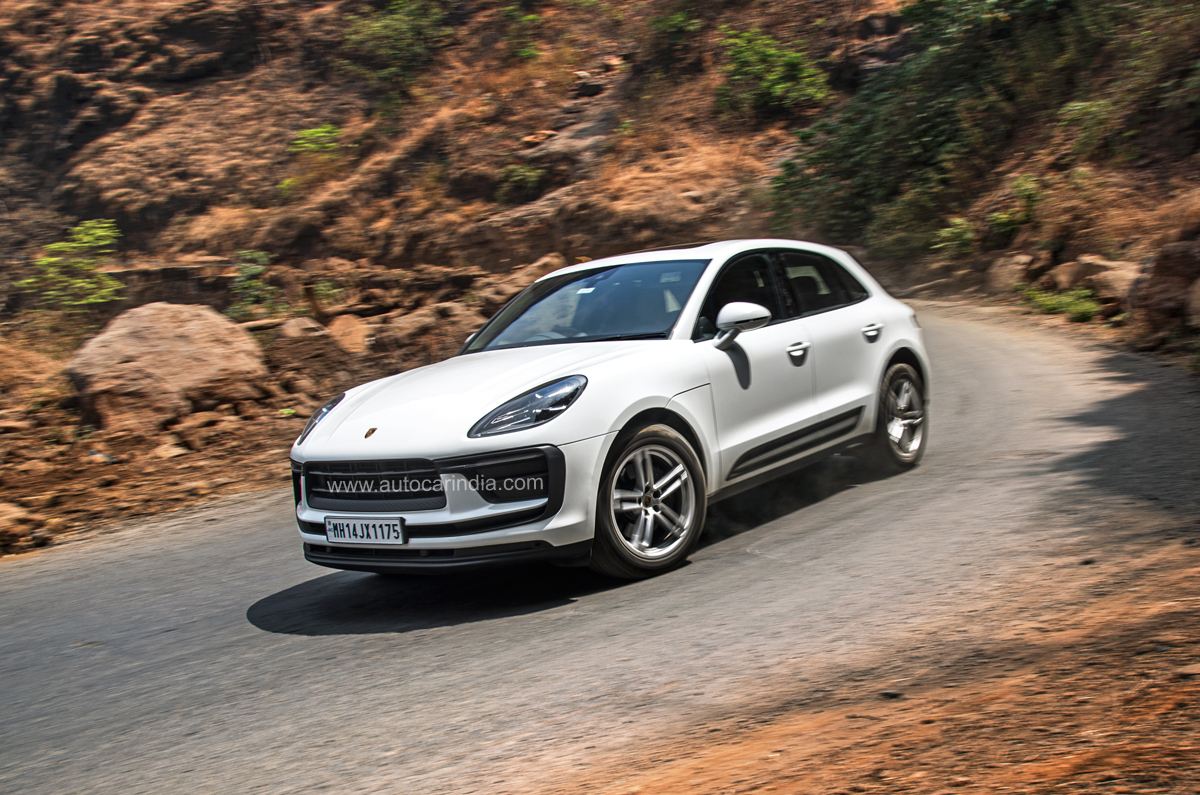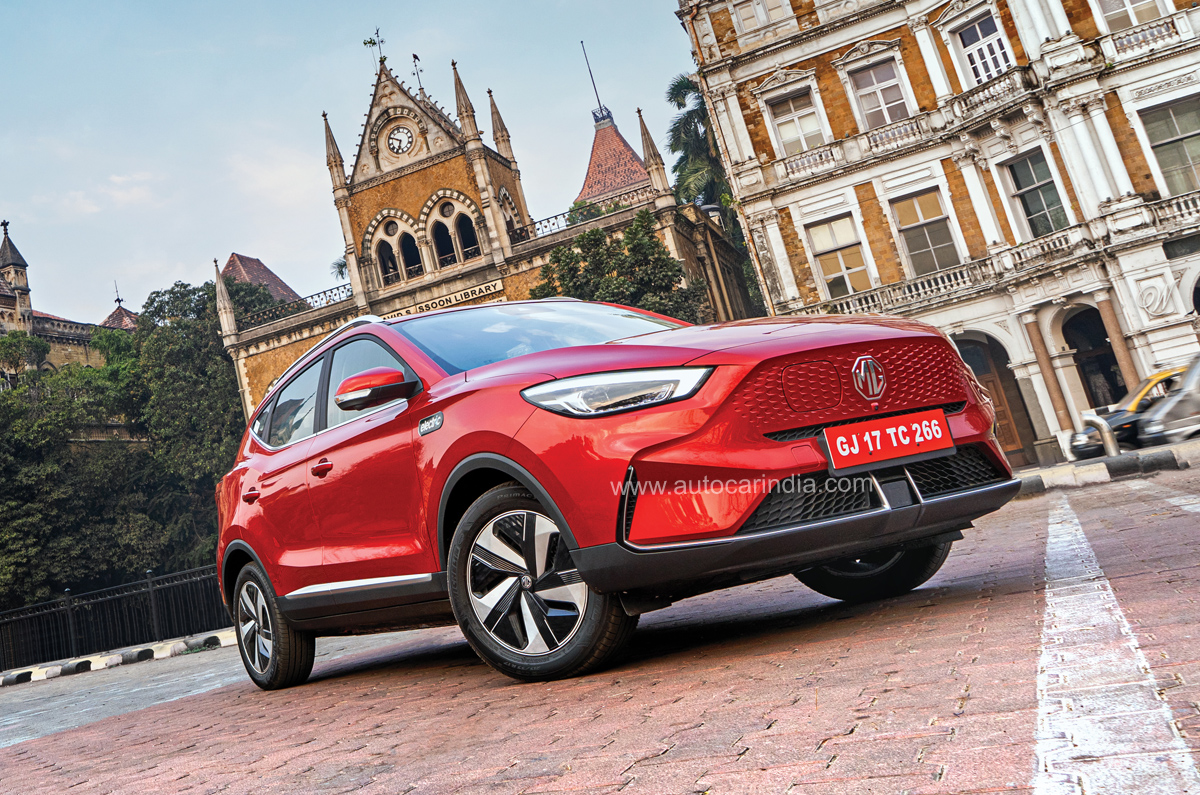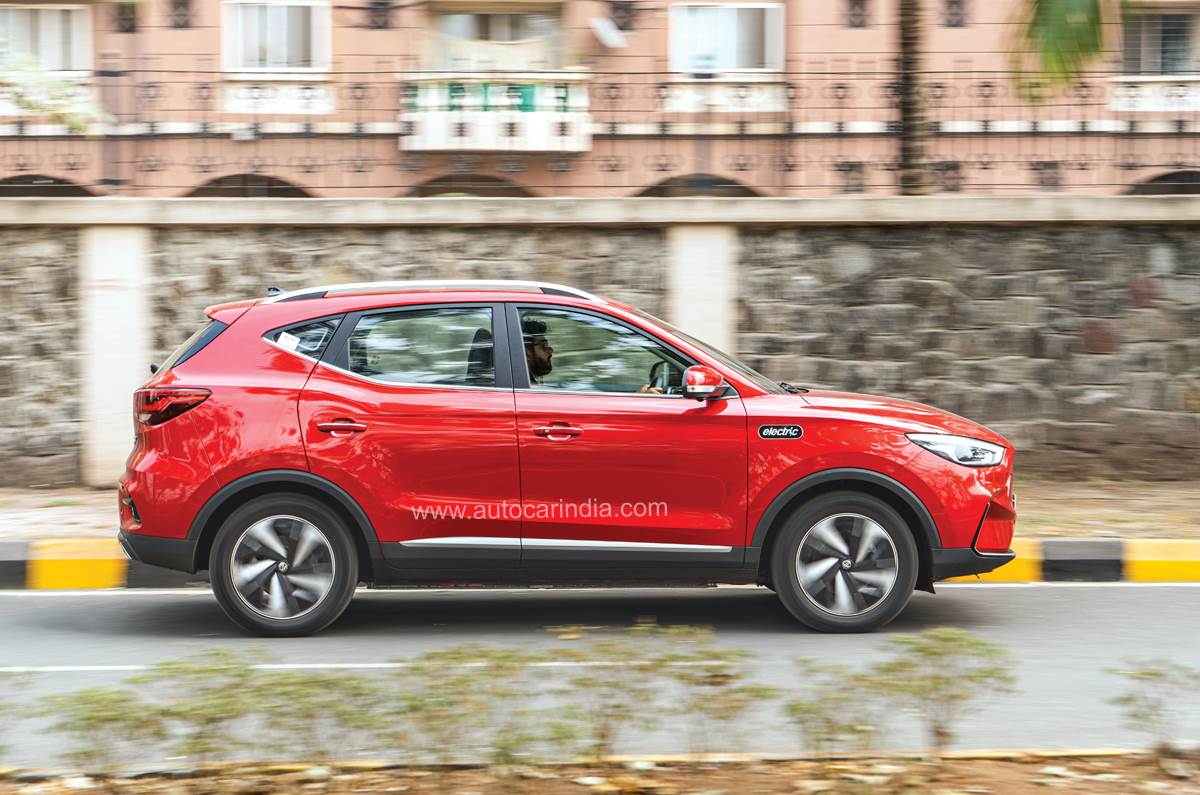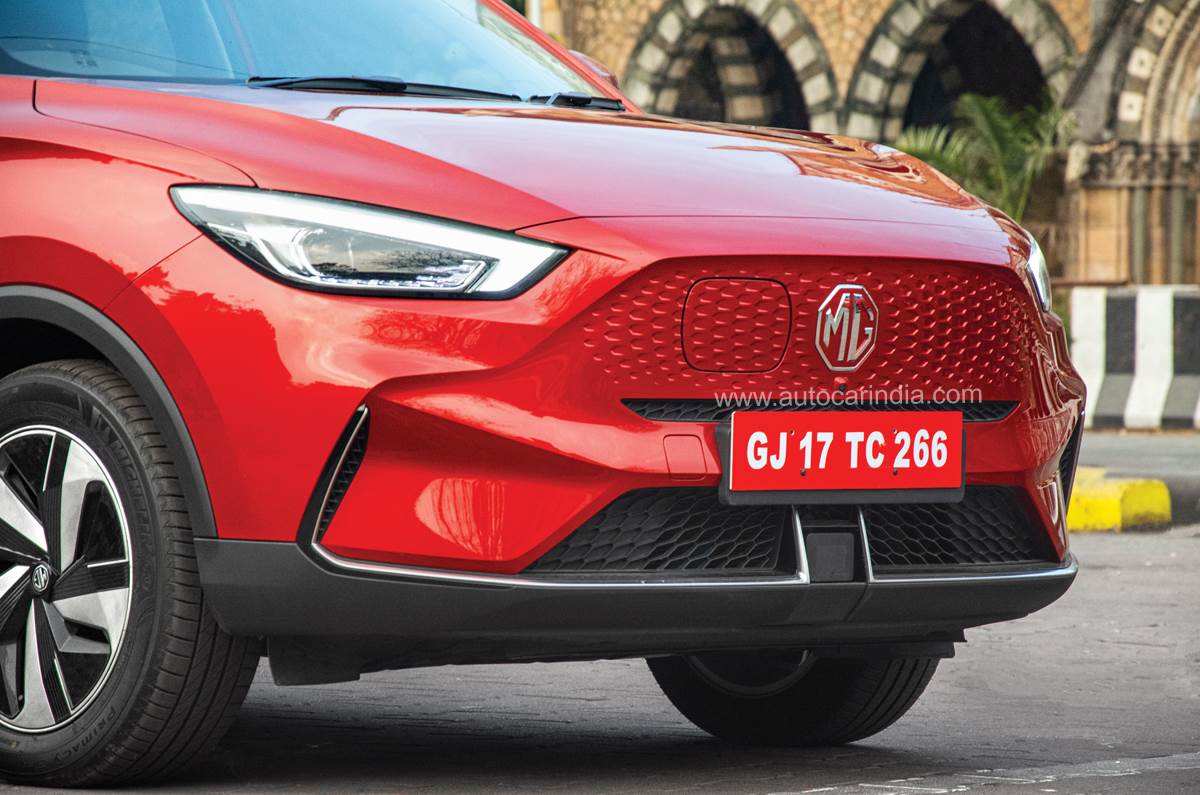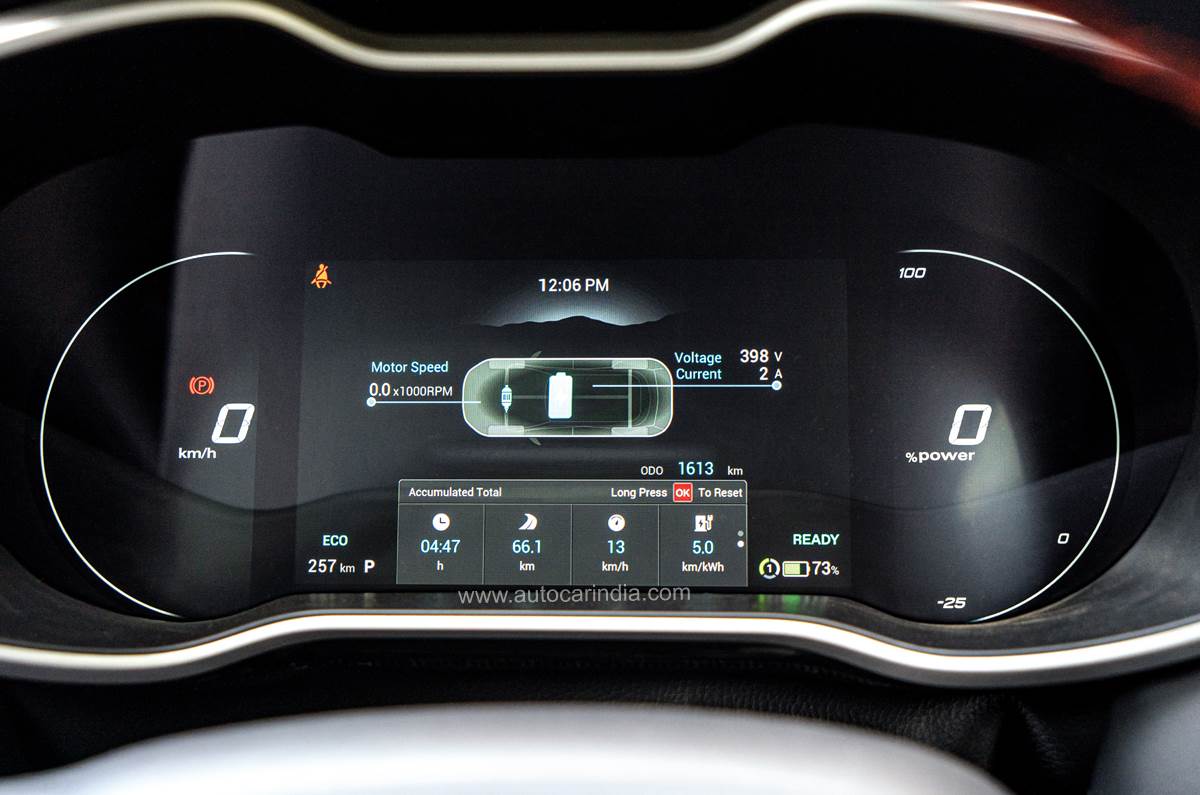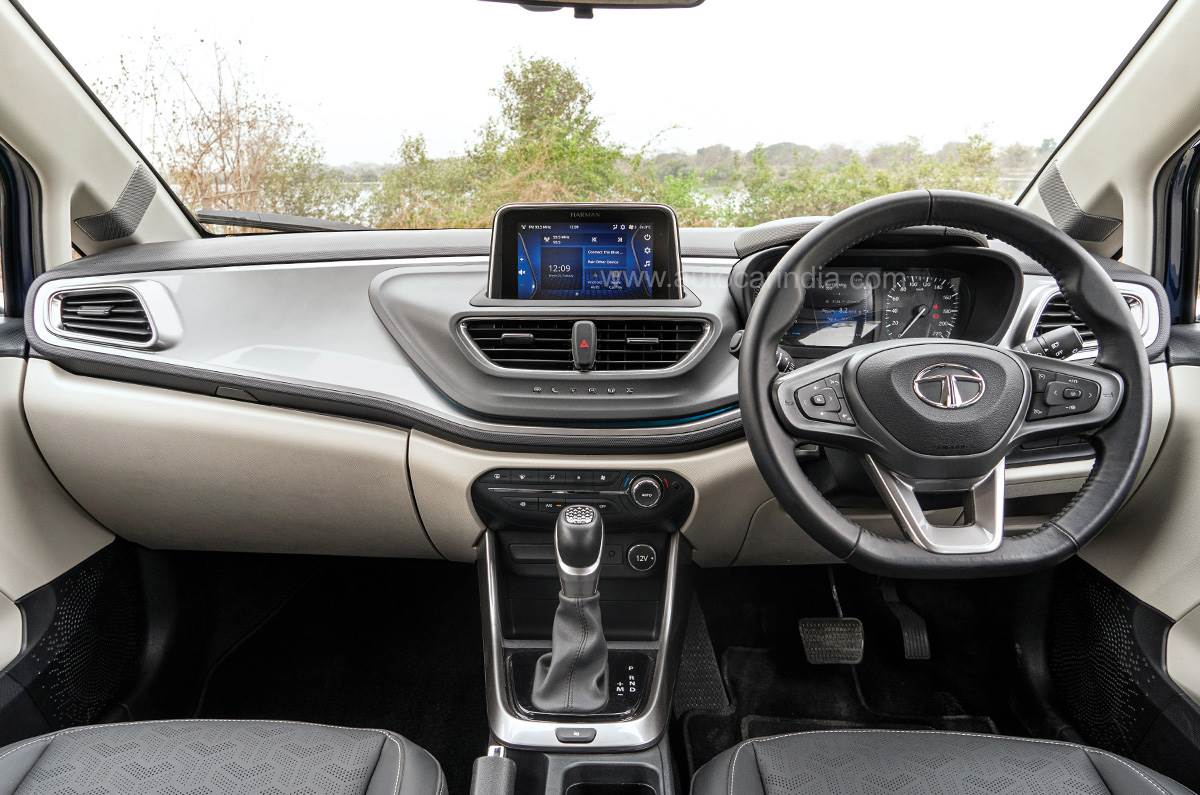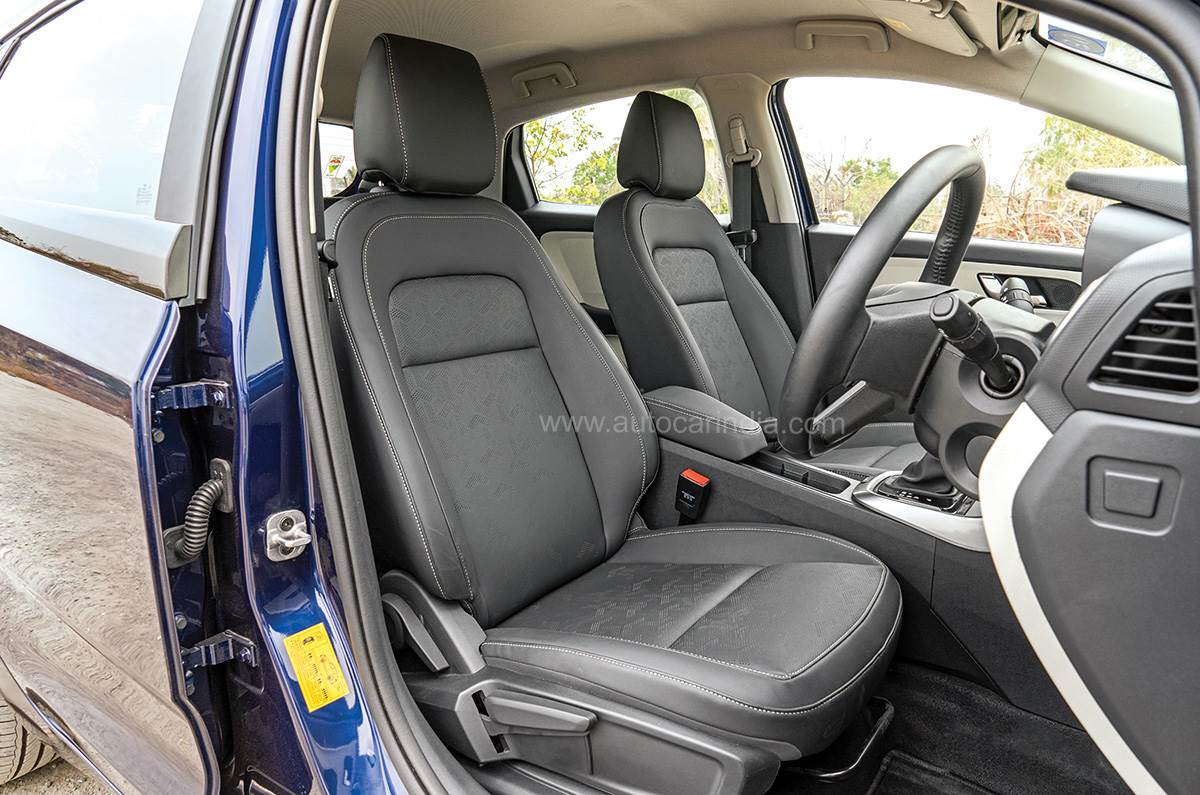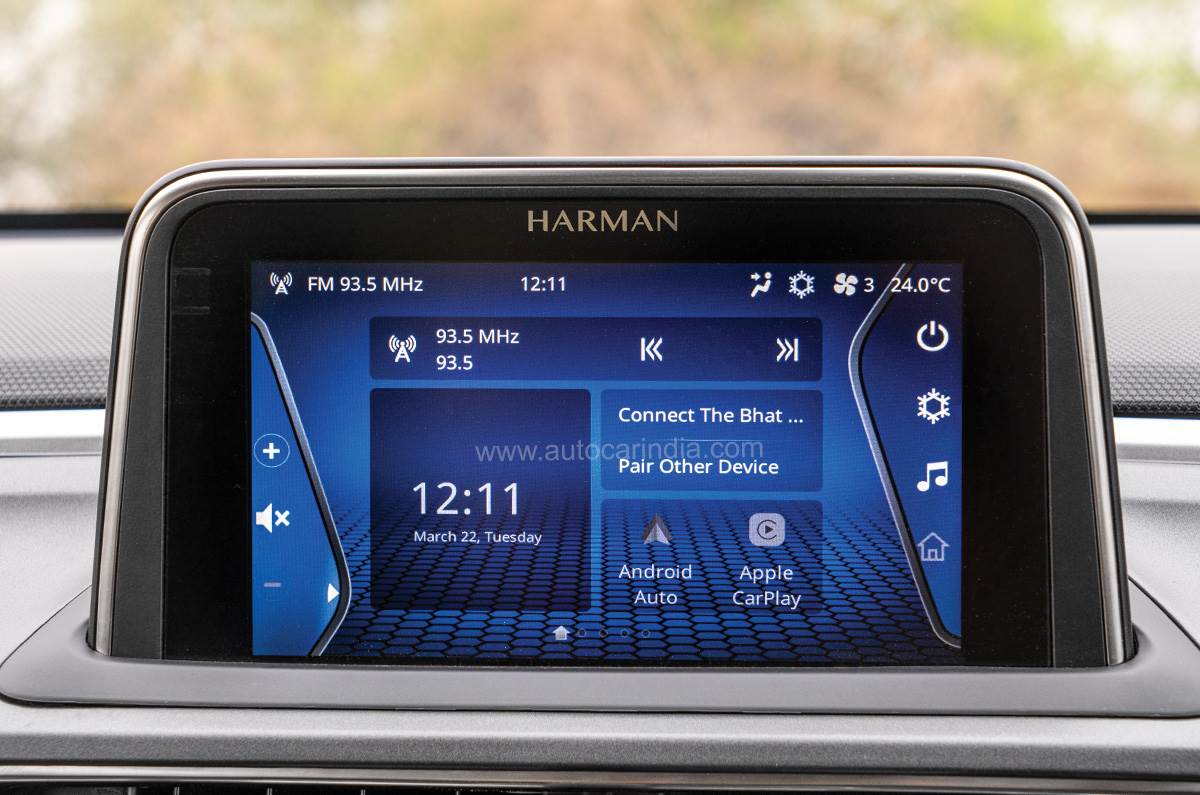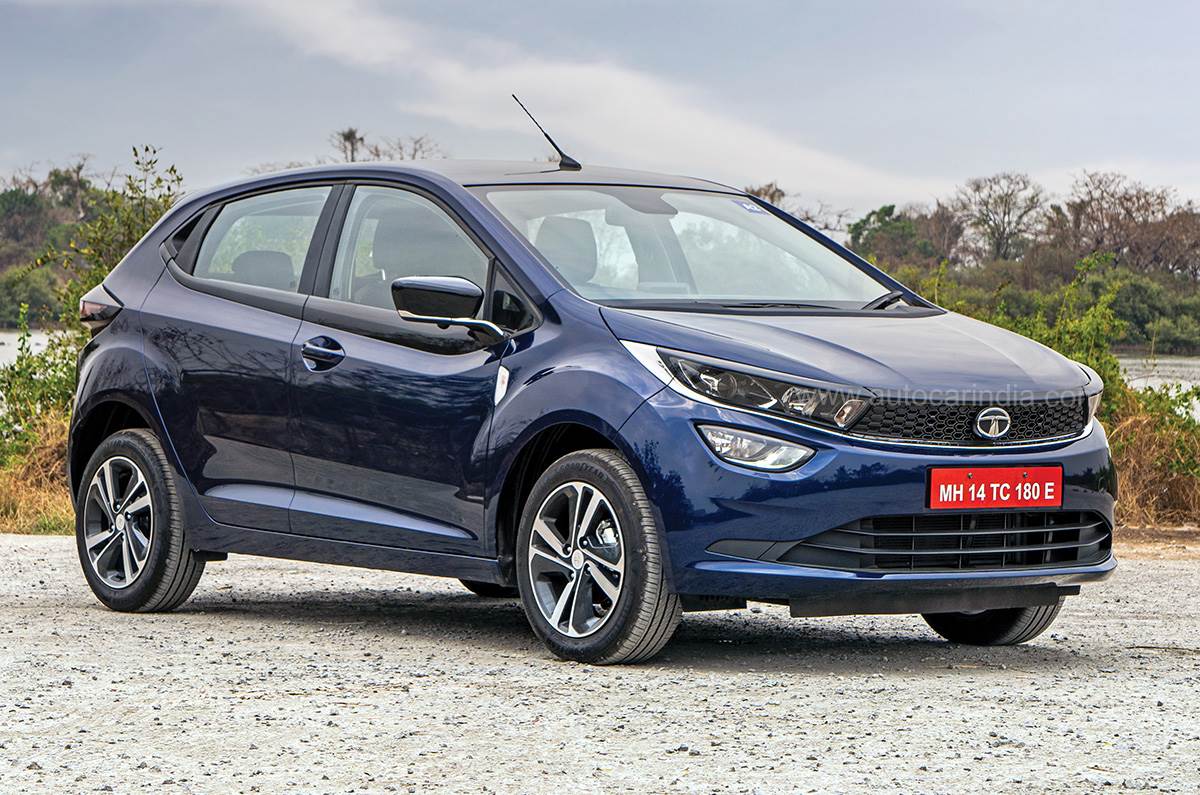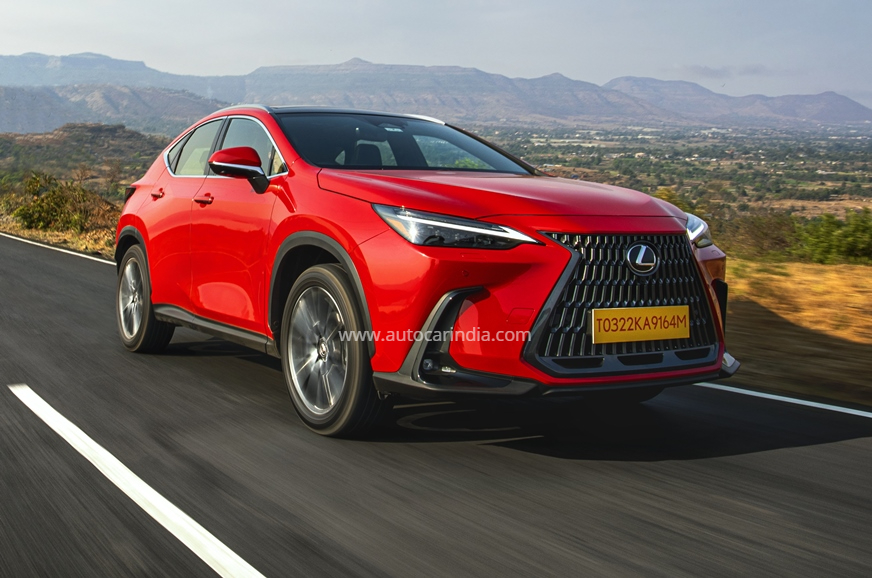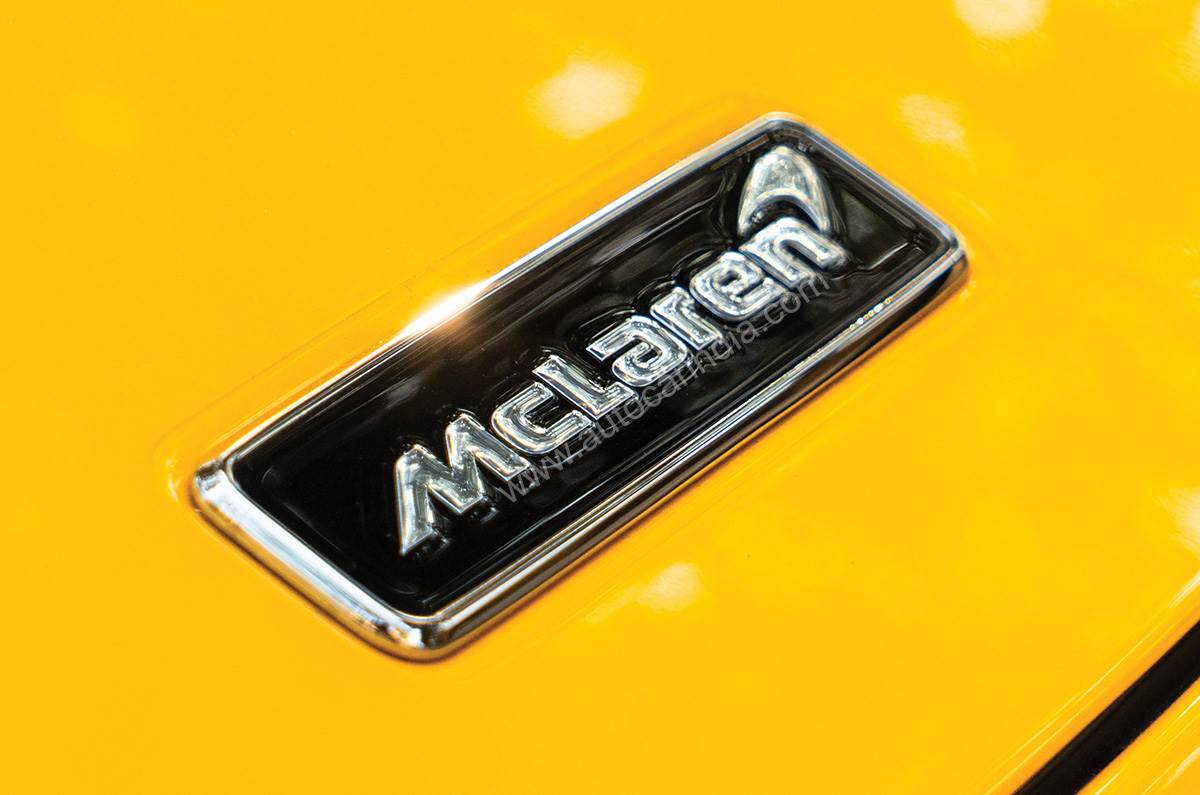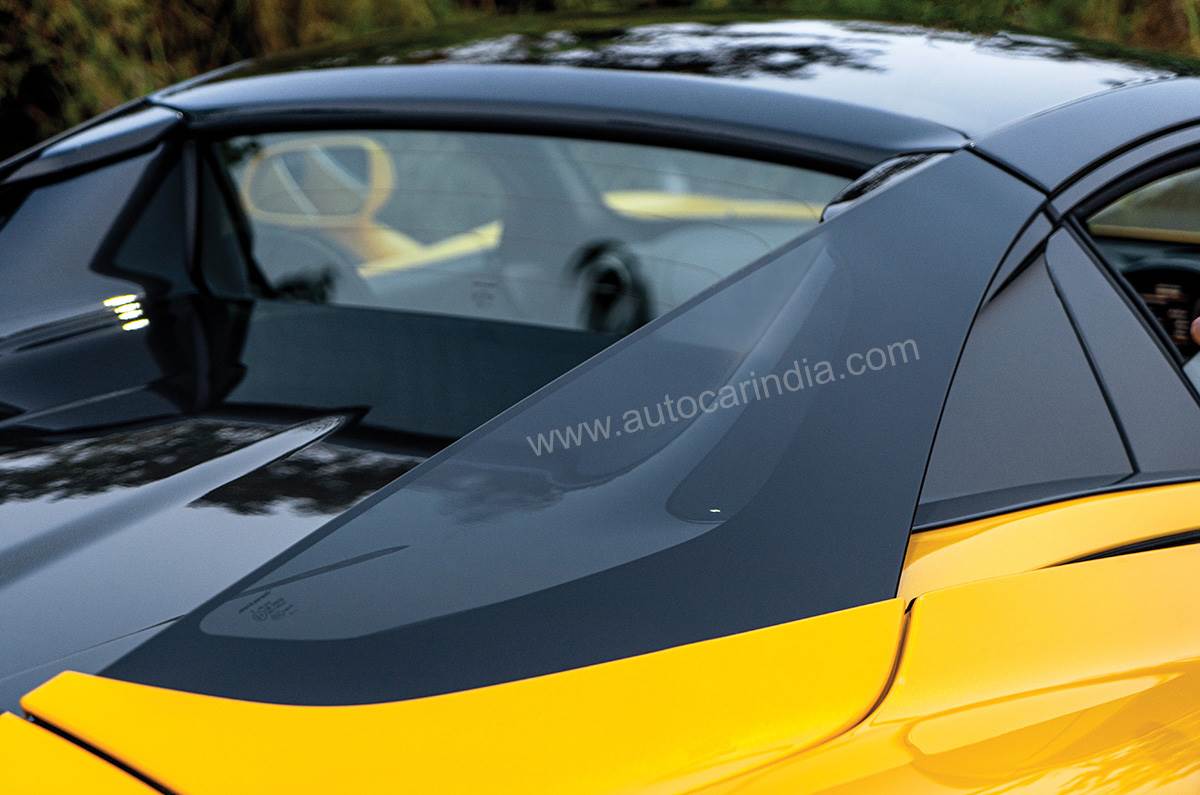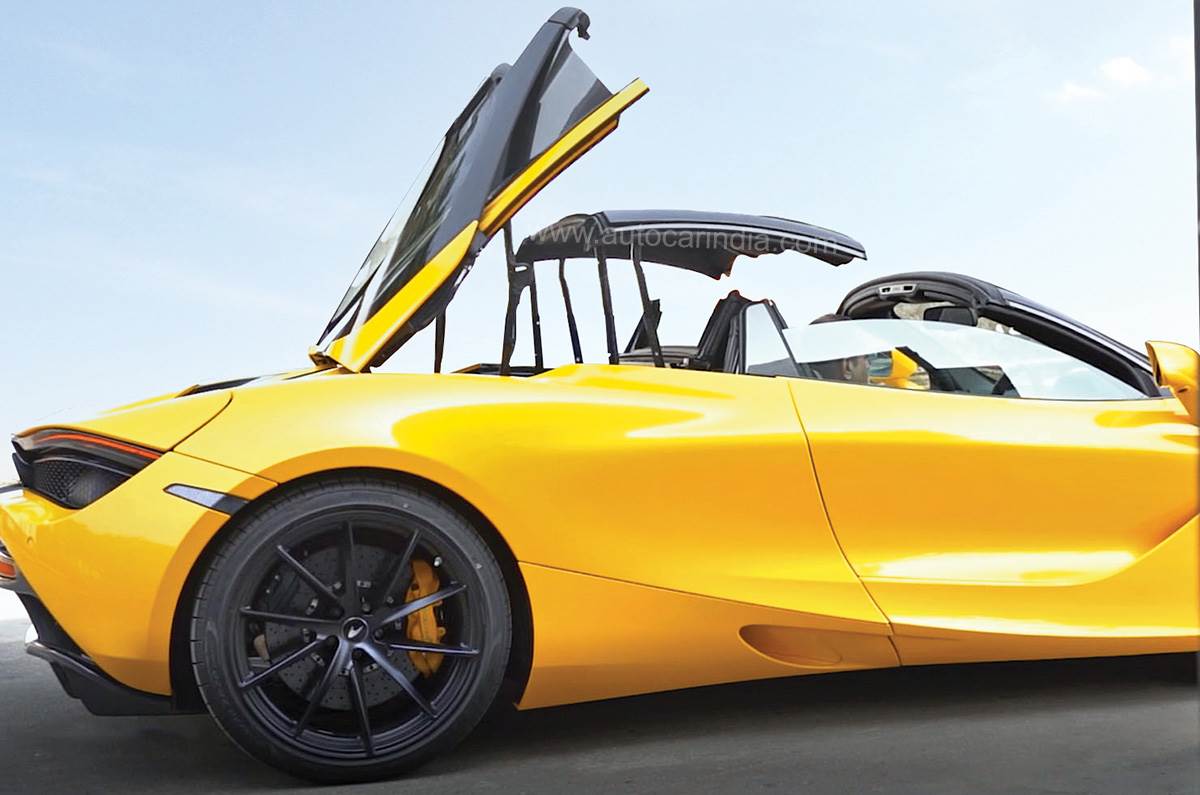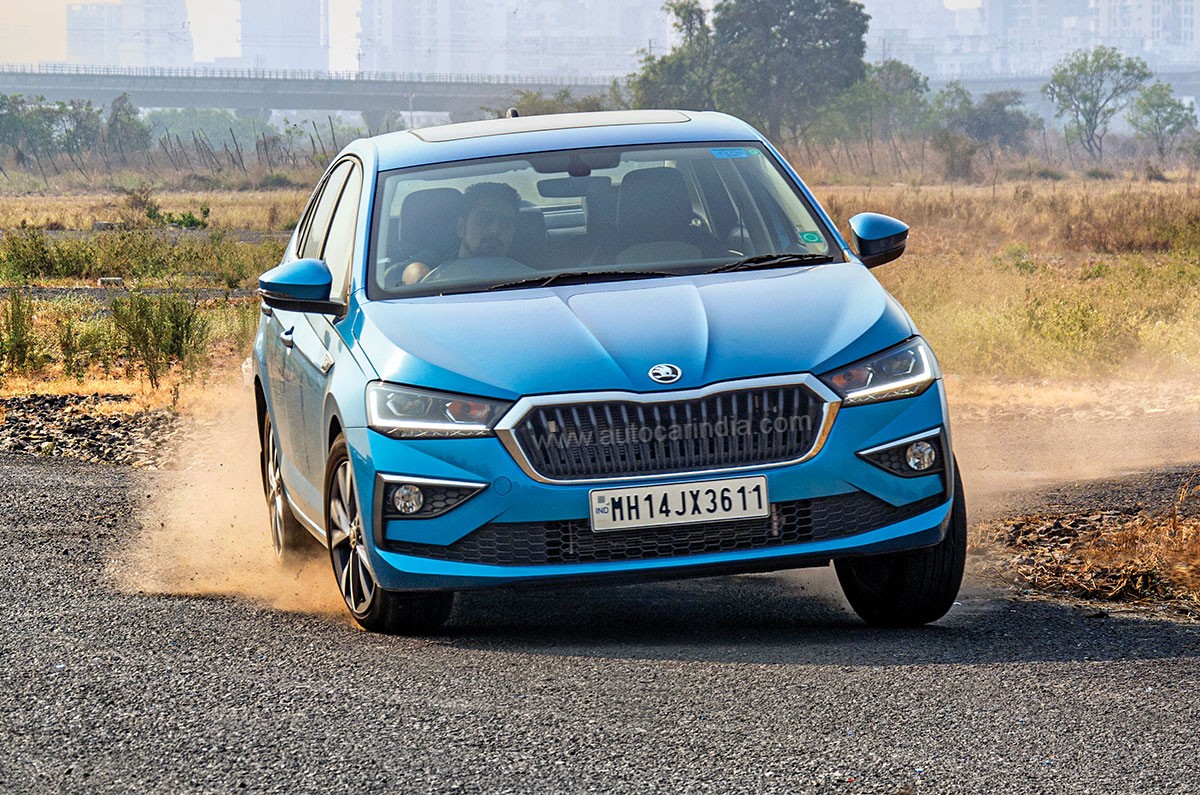
Car first drivers

The Octavia, Superb and Rapid have been instrumental in shaping Skoda’s identity in India as the maker of well-engineered, solidly built and cleverly packaged sedans. And while there have been SUVs and a hatchback (in the past) to speak of, the three-box sedans have always driven sales for the brand.
Under its ‘India 2.0’ strategy, the company bundled its core strengths as well as its learnings of the market to tailor-make India-specific models. The first launch under this strategy was the Kushaq SUV, which has been off to a steady start, and the second and newest entrant is the Slavia midsize sedan, which is all geared up to take on the Honda City.
Our first impression of the Slavia left us thoroughly impressed, and it certainly seemed to carry forward traditional Skoda traits like its solid-built, well-packaged cabin and a whole bunch of modern features. We now evaluate this sedan.
Skoda has introduced a petrol-only line-up for the Slavia, which gets two turbocharged engines. The 1.0-litre TSI is priced between Rs 10.69 lakh-13.99 lakh for the 6-speed manual, and Rs 13.59 lakh-15.39 lakh for the 6-speed automatic, and the 1.5-litre TSI is available with just one variant, priced at Rs 16.19 lakh for the 6-speed manual and at Rs 17.79 lakh for the 7-speed dual-clutch automatic.
Based on the Volkswagen group’s MQB A0 IN platform, the Slavia shares its underpinnings with the Kushaq SUV, as well as the Volkswagen Taigun and the upcoming Virtus, thus, benefitting from economies of scale. The ‘IN’ in the platform name represents its nearly 95 percent localised content, which helps to keep a check on costs and enables Skoda to keep prices competitive. Like its SUV sibling, the Slavia boasts of the longest wheelbase, at 2,651mm, in the segment. It is also the widest and tallest amongst its rivals, and is significantly larger in dimension than the outgoing Rapid it replaces. Speaking of which, the Slavia’s structure is nearly 30 percent stiffer than the outgoing Rapid’s PQ25 platform, and that also reflects in its fantastic driving dynamics (more on that later).

Visually though, the Slavia sports traditional Skoda design cues such as its chrome-rimmed butterfly front grille, and the sharply cut LED headlamps featuring a very attractive crystalline effect. Even the sculpted bonnet is reminiscent of modern Skodas, and its clean-cut side profile, with tasteful use of chrome on the door handles and window, lends it a classy appeal.

The 16-inch alloys sport a two-tone effect, although they look a bit small, and the raised ride height makes the large gap in the wheel arches appear ungainly. It features slim LED tail-lamps with an attractive crystalline effect, and the neatly sculpted boot lid and the smartly spaced-out Skoda lettering add a nice touch to the rear styling.
We’re sore that Skoda hasn’t opted for any visual differentiation between the Style variants of the 1.0 TSI and 1.5 TSI, not even a badge. We’ve learnt that Skoda will offer a red ‘I’ in the TSI badge of the 1.5 variant at a later stage to strike a subtle differentiation, however, a sportier Monte Carlo or RS treatment would certainly make 1.5 TSI buyers, who are spending an additional Rs 2 lakh for the bigger engine, feel a bit more special and truly give them their money’s worth.

Localised it might be, but the solid shut sound when you close the door makes a positive first impression, offering a degree of reassurance and a sense of security. The Slavia’s beige and black colour scheme goes a long way in, making the cabin feel airier and lifting its premium quotient. A copper-coloured panel on the dashboard adds a touch of colour, however, this design feature will polarise opinions.

The two-spoke steering, tablet-like infotainment screen, touch-sensitive climate control panel, and gear lever are shared with the Kushaq, while the 8.0-inch digital instrument cluster that’s wearing an orange theme is shared with the Volkswagen Taigun; but, as is also the case in the Volkswagen SUV, this instrument cluster layout – the main screens and the dummy ones beside it – could have been better executed. After receiving critical feedback for the Kushaq’s unit, Skoda has gone a step ahead and installed a more premium roof liner here.

The plethora of seat adjustments, along with the tilt and telescopic steering, makes getting into an agreeable driving position very easy. The seats are wide, lumbar support is good and even after hours of seat time, the perfectly-judged cushioning makes long-distance commutes rather relaxing.Owners will also appreciate the sheer amount of storage areas on offer – the door bins are massive, there are cupholders, the armrest console can swallow some knick-knacks and so can the large cooled glovebox.

Two USB Type-C charging ports and a 12V socket are at the disposal of front occupants to juice up their devices, in addition to a wireless charging pad that’s placed in a way that the driver’s phone screen isn’t in their field of vision, which certainly dissuades distractions (to an extent) while driving.



At 521 litres, its boot is humongous, but it can swallow more than what its size suggests due to its clever, boxy shape. The Slavia is the only car in the segment to offer splitfolding 60:40 rear seats to further increase cargo capacity to a cavernous 1,050-litres. We wish that Skoda would have included a lever in the boot to drop down the seats, because the current set-up required the respective doors to be opened and the seats folded via a lever on their backrest.

Skoda hasn’t skimped on standard safety and security features, so even the base ‘Active’ variant gets ESP, ABS with EBD, dual airbags, multicollision braking, electronic differential lock, traction control, tyre loss indicator, and an anti-theft alarm. Higher variants include hillhold assist, six airbags, auto LED headlamps and wipers, cruise control and sunroof.



What’s nice about the 1.0 TSI engine is that it is quite a hushed unit, only revealing its identity with a typical three-cylinder thrum once it spins past 4,000rpm; but never does it sound coarse or clattery. Interestingly, to prevent the engine from stalling, and also to curtail vibrations inside the cabin, Skoda has kept the idling RPM at 900-1,000rpm, which is higher than the usual 700-800rpm. Despite this, you can still feel periodic engine vibrations at idle, as the three-cylinder unit rocks about on its mounts.

In a segment where rival midsizers are powered by larger capacity (1.5-litre), four-cylinder, naturally aspirated engines, Skoda’s 999cc turbocharged unit is the smallest in terms of outright capacity. Those graduating from bigger engines will need to adapt their driving style to work around this unit’s dull off-boost performance, which is probably its biggest downside. But get past that initial lag, and once the turbos begin to sing, you’ll soon know why this globally acclaimed engine has countless awards and accolades to its name. The 1.0-litre TSI feels zippy, rev-happy and delivers a class-best 178Nm of torque in a relentless, healthy serving. It makes the Slavia feel light on its feet, and so long as it is on-boost, it’ll tackle both city and highway driving scenarios very competently.

Outright performance is strong too and the Slavia takes merely 10.80sec to dispatch the 0-100kph sprint. Now, while the Honda City still remains the quicker one to sprint to 100kph, reporting 10.20sec, the Slavia annihilates it and all its rivals in rolling acceleration, from 20-80kph in third gear and 40-100kph in fourth gear. Incidentally, the Slavia’s times are much quicker than the Kushaq with a similar configuration, due to the revised final drive ratios.The MQ200 6-speed gearbox has a positive shift action with well-defined gates, but it isn’t as butter-smooth as its Japanese or Korean rivals. It has a light clutch to speak of, but the pedal travel is very long, which can get a bit cumbersome in stop-go traffic.
Performing duties in its automatic iteration is an all-new fourth-gen Aisin-sourced 6-speed torque converter (AQ250), which made its global debut in the Kushaq and features a similar character here. Due to its high-idling RPM, the initial creep function feels a bit sudden, hence it commands careful brake modulation. Another typical characteristic of this transmission is that it upshifts to the highest possible ratio at the earliest. While this has been done to aid fuel efficiency, it amplifies the engine’s dull zone below 1,800rpm, especially at city speeds. As a result, closing gaps in traffic doesn’t feel brisk and effortless. Shifting to Sport mode or tugging the left paddle and taking manual control over the gearbox solves this sluggish behavior to an extent, but a crisper power delivery and a cleverer gearbox shift logic would have certainly enhanced the urban drive experience. Downshifts aren’t the smoothest and the transition from third to second, and second to first, particularly in Sport mode, are quite jerky.

While the 1.0-litre TSI will quench the performance thirst of most buyers, driving enthusiasts will gravitate towards the 150hp, 1.5-litre four-cylinder turbo-petrol unit. In comparison, it feels much freer getting off the mark, and while there is a hint of lag below 2,000rpm, it doesn’t feel as prominent as the 1.0-litre TSI’s. The healthier serving of 250Nm of torque from 1,600-3,500rpm also plays a significant role in enhancing its drivability. As a result, you can easily potter around in higher gears at lower engine speeds, without the need to downshift often. It isn’t just in city confines, but also out on the open roads where the 1.5 TSI proves its mettle. The Slavia rockets past traffic in a way no other midsizer can and, without even prodding hard, you’ll be doing silly speeds in no time. Get its launch right and the Slavia will decimate cars twice its price in a sprint to 100kph – which takes an incredibly quick 8.63sec – and it’ll keep pulling till it reaches the double ton mark. The MQ281 6-speed manual occasionally requires a firm shove to slot into gates, and even its clutch feels a tad springier than the 1.0 TSI’s, with the pedal travel being just as long; thus, the 1.5-litre warrants a bit more effort to drive.

The automatic in the 1.5 Slavia is the newest iteration of the DQ200 7-speed, dry dual-clutch transmission that’s renowned for its lightning quick shifts and sporty character. Being shorter geared than the manual avatar, the automatic feels even livelier, and with an intuitive shift logic and negligible turbo lag when off-boost, this combination feels nicest within city confines. Overtaking manoeuvres on the highway are effortless to execute and there are paddle shifters too for a sportier, more engaging drive experience. This DSG iteration is quick and dispatches the 0-100kph sprint in 8.96sec, maxing out at 198kph.
The smaller capacity 1.0 TSI is the more efficient engine in the range, with the manual-geared Slavia reporting an efficiency of 11.8kpl and 14.2kpl in city and highway conditions, respectively. Meanwhile, the automatic reported 10.5kpl in the city and 13.4kpl on the highway. The 1.5 TSI, on the other hand, came across as rather thirsty in comparison, reporting 8.8kpl and 8.4kpl for the manual and DSG, respectively, in the city, while its cylinder deactivation aided efficiency (to an extent) when cruising at steady speeds on the highway, resulting in 14.9kpl and 14.2kpl for the manual and DSG, respectively.

Turbo-petrol engines are sensitive to a lot of factors, with driving styles being one and ambient temperatures being another. During our tests, outside temperatures ranged between 34 and 38 degC, and so, despite being equipped with the automatic engine start-stop feature, it seldom turned off the car at a traffic stop because the air-con compressor needed to work overtime to maintain 22 degC inside the cabin. This factor impacted fuel consumption, particularly for the 1.5-litre engines.
One of the Slavia’s highlights is its 179mm ground clearance, which lends it the high-riding practicality of an SUV. Despite its raised ride height, the Slavia instils ample confidence in the driver to tackle corners with verve. Sure, there’s a bit of body roll, but the turn-in is sharp and the body feel taut, and it changes directions in a manner that’s far more willing and eager than any other midsizer on sale. The 1.0-litre versions, with a lighter load on the front axle (due to the lighter engine), feel more agile and nicer around corners, while the 1.5-litres feels a bit front-heavy in comparison.
Even the steering feel of the 1.0 TSI is a tad lighter, although the difference can only be felt while driving both these back-to-back. That said, the steering on the whole is light and quite direct, and it weighs up consistently with an increase in speed. Ride comfort is another one of the Slavia’s strengths and it absorbs road shocks in a mature manner. Body movements are well in check and even road shocks don’t tend to unsettle passengers in the cabin. Stability at expressway speeds remains rock-solid, like any other Skoda, and this sedan masks speeds incredibly well. Despite lacking rear disc brakes, the Slavia sheds speed at a respectable rate, coming to a halt from 80kph in around 25m, which is almost a metre-and-a-half shorter than the lighter Honda City.
Nestled in a tablet-like housing slapped onto the dashboard, Skoda’s 10-inch touchscreen’s user interface is quite straightforward and responsive. A dedicated shortcut bar to the left of the screen makes it easy to access certain functions, although some items like the two-step procedure to adjust the volume (from the screen) could have been better executed.

Wireless Android Auto and Apple CarPlay is a welcome feature, and it works seamlessly. In-built applications like Gaana, Audiobooks, etc., are great to have, however, their individual menus are fiddly, especially while on the move. Those who enjoy their music will appreciate the 380W 8-speaker sound system that also packs in a subwoofer with tight and crisp bass. It also gets some connected car features via a mobile application. Remains composed at all speeds, and infuses confidence in the driver. The lighter 1.0 feels a tad nicer to drive than the slightly nose heavy 1.5.


The most rounded midsize sedan in the market. Period.
Skoda has taken its own time to replace the Rapid, but we’re happy to report that the Slavia has been worth the wait. It wonderfully fuses the practicality of a high-riding vehicle, thanks to its impressive 179mm ground clearance, with the elegance of a traditional three-box sedan. Like every other Skoda, it is a fundamentally sorted car, and with its deft balance between ride comfort and tidy handling, the Slavia sets a new benchmark for other midsize sedans. Complementing its dynamics are a set of really competent powertrains. The perfectly adequate 1.0 TSI will satiate the performance needs of most buyers and comes across as the more sensible pick of the range. For a sportier drive experience, Skoda offers a lusty 1.5 TSI with incredible sprinting abilities.
However, with on-road prices crossing the Rs 20 lakh threshold, this version certainly comes across as overpriced for a midsize sedan, even more so due to the lack of differentiation with its similarly equipped, more affordable 1.0 TSI variant. And with the 1.5, you’ll also need to be prepared for higher fuel bills. While on that topic, mile munchers will miss a diesel engine in the range.

True to its DNA, this Skoda has got its packaging right with ample space for seating and luggage, it is quite solidly built, and even packs in invogue premium kit like ventilated seats, sunroof and wireless smartphone connectivity. Some Skoda loyalists will miss the immaculate levels of interior fit-finish and attention to detail in the Slavia, but viewed in the light of the competition, it still does the job well. In summary, the Slavia is so good, it is one of the most rounded offerings in the segment, and with its practical, yet fun-to-drive nature, this sedan has even got serious potential to sway SUV buyers in its direction.
]]>
It’s fair to admit that many of us misunderstood the original Aston Martin DBX up until this point. With its beautiful bodywork, twin-turbo V8, sophisticated chassis trickery to help it mask its size, bespoke and customisable interior, and high price it felt every bit the super SUV at the very peak of its game. Its 550hp and 700Nm outputs weren’t at the top of the class, sure, but as an overall package, it was positioned right up there with the best.
What we didn’t know then was that the DBX 550, as it’s called now, was only the base, and it’s really this new DBX 707 that was envisioned from day one to be Aston Martin’s true super-SUV. To put it into perspective, if the 550 was the BMW M340i of the DBX range, that would make the 707 the M3 Competition.
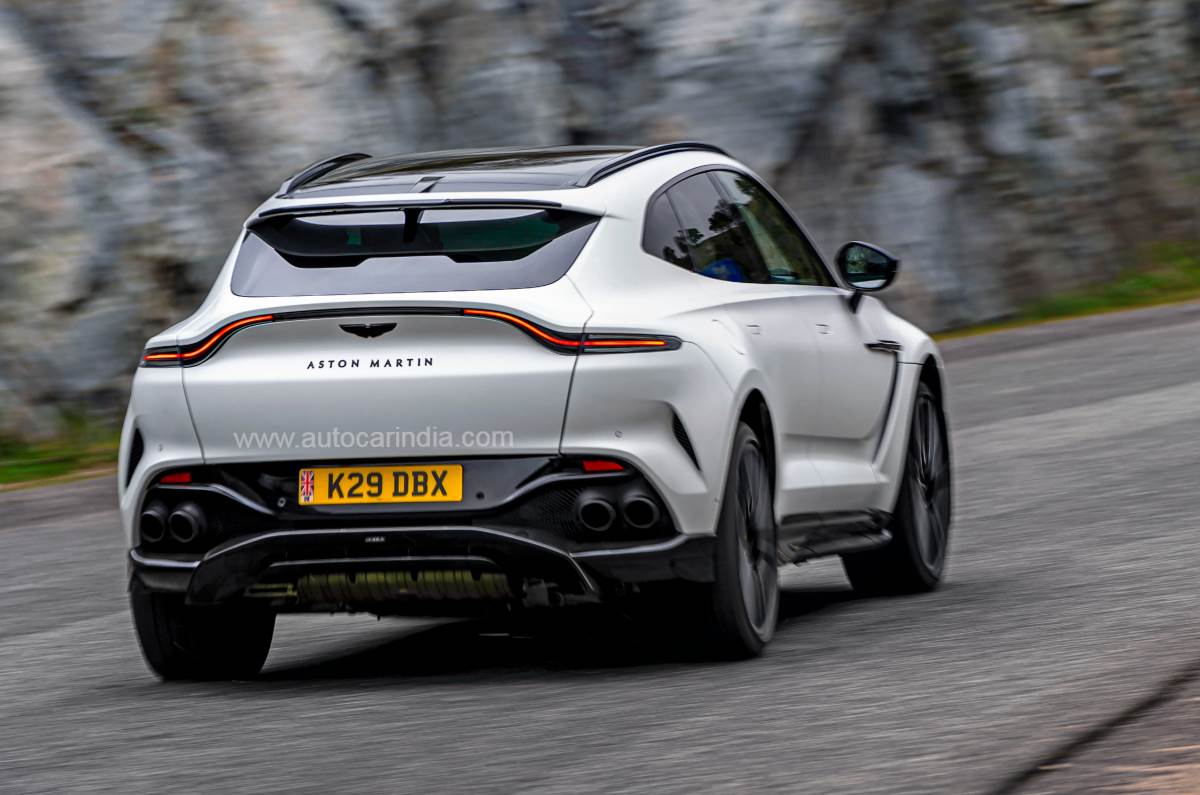
707 (pronounced seven-oh-seven) might sound like an allusion to everyone’s favourite fictional British spy and long-time Aston Martin brand ambassador, but that’s not the case. The SUV was simply named after the engine’s power figure, and not the other way around. That 707hp output, Aston says, makes this the most powerful ‘luxury SUV’ in the world right now, which is a clever way to steer clear of some other SUVs stuffed with a lot of power, but, perhaps, lack the premium appointments the DBX claims to offer.
Still, even with this caveat in place, the DBX 707 has its work cut out for it, vying for your crores against the likes of the Porsche Cayenne Turbo GT, Audi RS Q8, Maserati Levante GTS, Bentley Bentayga Speed, and perhaps, most crucially, the Lamborghini Urus. So where does it sit, and is it more than just a power bump? Read on.
Aston Martin DBX 707: exterior styling and changes
Arguably one of the most beautiful large SUVs around, the DBX gets a shot of aggression in its upgrade to 707. It’s 16mm wider in the rear track, giving it a squatter stance, there are wider side skirts and it rides on new, optional 23-inch wheels (285-section up front and 325 at the rear), which can also be specced on the 550 now. At the back, in addition to the roof spoiler and the brilliantly sculpted duck-tail tailgate, there’s now a huge diffuser undertray jutting out from the rear bumper – it’s large enough to serve drinks on!
The big changes, however, are up front, where the already huge Aston Martin grille has grown 27 percent larger; BMWs and Audis have nothing on this. This, along with new openings lower in the bumper, allows for 80 percent greater airflow, aiding not just downforce, but cooling too. There are more radiators to better temper the upgraded engine and gearbox, and more air is channelled into the wheel arches to cool the brakes too.
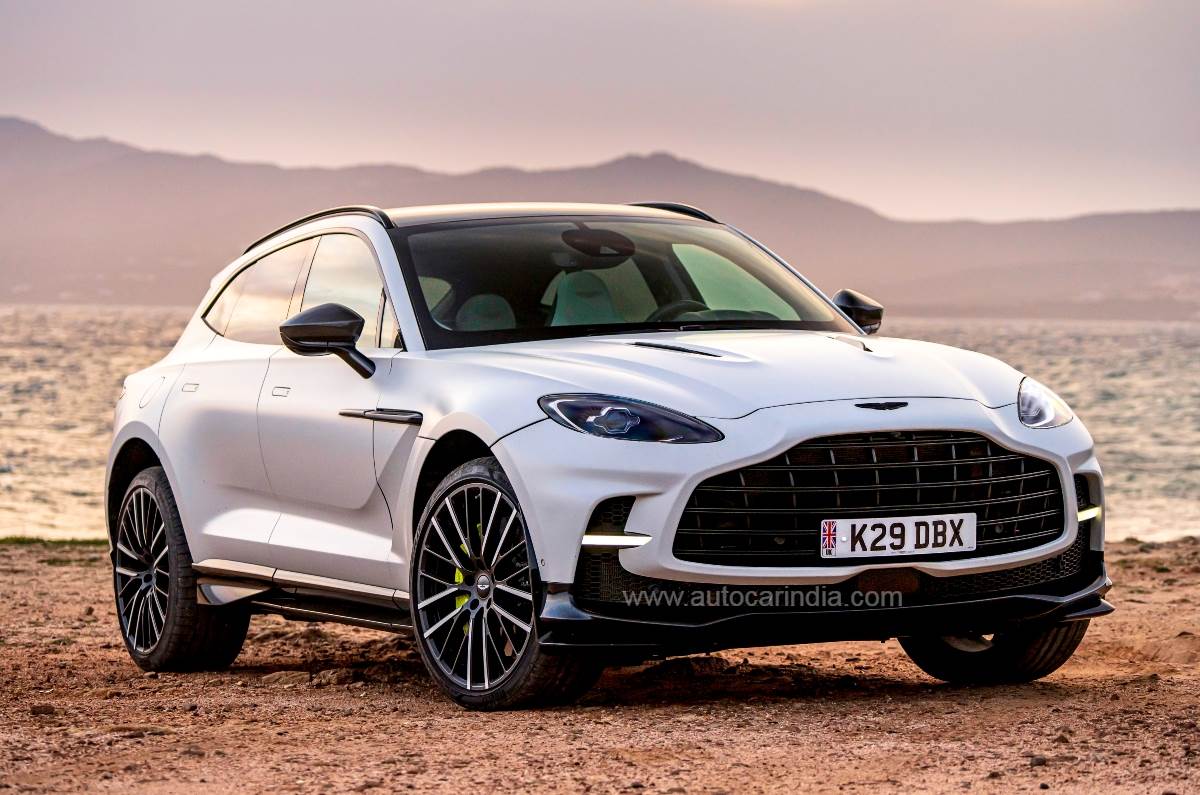
All in all, some of the elegance of the 550 has been sacrificed, but this still remains one of the sexiest SUVs out there. The almost exaggerated sculpting of the bodywork makes it seem quite compact, until you’re standing right next to it, of course, and despite its proportions, it wears its brand identity so boldly, you couldn’t mistake it for anything other than an Aston Martin.
Aston Martin DBX 707: interior styling, features and luxury
This is a cabin designed with an overtly sporty intent, especially specced as this one is in the Aston Martin Racing colours. The centre console has gotten a bit more crowded, but also more functional, with the addition of shortcut buttons for drive modes and a few other driver settings.
The screens have been carried over from the DBX too, and while the digital dials are good-looking and informative – if not as crisp as the very latest – it’s the main infotainment system that leaves a lot to be desired. It’s based on Mercedes’ two-generation-old system, which, in the context of today’s state-of-the-art interfaces, feels behind the times. It even relies on an old-fashioned touchpad for navigation, rather than a touchscreen. However, the team at Aston did hint that this was something that could be addressed with the facelift.
The 707 uses a new set of sports seats which offer a bit more lateral and shoulder support, and aren’t quite as soft and generously cushioned as the standard seats in the 550. They are still incredibly comfortable and would leave you relaxed at the end of a long journey.
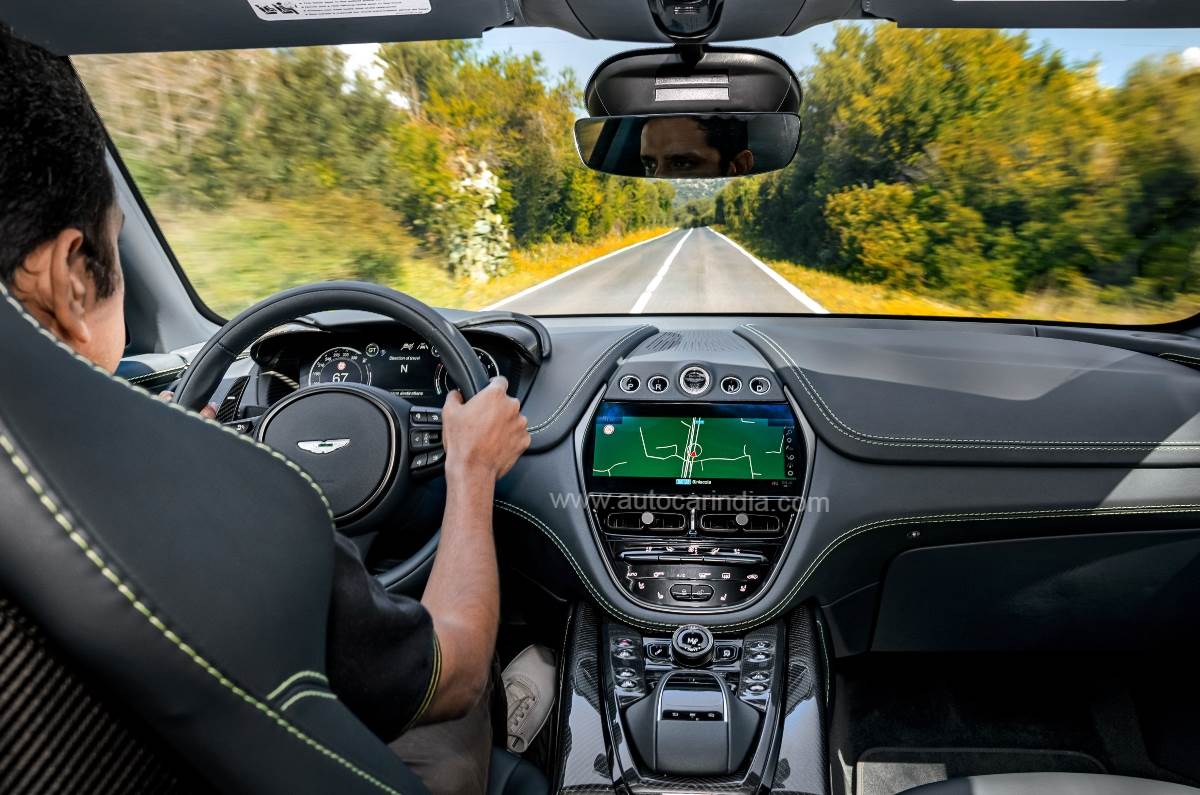
Back to the AMR interior colour scheme though, and if that’s a bit too shouty for you, know that you can have it in a more-traditional ‘luxury car’ spec. Tan and black leather, rather than blue and green, and wood inlays rather than carbon fibre, for example. In fact, customers are encouraged to dive deep into the brand’s ‘Q’ customisation catalogue, with options ranging from the aforementioned colours and trim, to bespoke fitments that no other car will have.
There’s a tangible richness to everything in the cabin too, with soft leather, hand-stitched everything and an opulent design. And this, Aston says, is what sets it apart from most high-performance SUVs and allows it to also tempt people out of super-luxury SUVs.
Aston Martin DBX 707: engine, performance, ride and handling
What also sets it apart, according to Aston, is that while most other SUVs in this class are based on platforms originally designed to prioritise comfort and luxury, the DBX’s bespoke platform was engineered from day one to deliver a sports SUV first and foremost. And from there, to arrive at the 707, the changes had to be effected carefully so as to make the DBX more powerful and engaging, but without completely eliminating its long-distance GT cruising capabilities.
It’s why the front suspension mounts were stiffened, but the rear suspension was correspondingly softened. It’s why a little slack was left in the revised steering and the 48V active anti-roll bars – anything sharper would have felt too twitchy. It’s why the ride height and damper settings remain the same as the standard DBX in the basic GT mode, and were only lowered and stiffened in Sport and Sport+ modes.

They could have simply lumped the 5.2-litre twin-turbo V12 from the DBS Superleggera into the SUV and called it a day; the power output would have easily been met too. The reasons for sticking with the AMG-sourced 4.0-litre V8 are that its character is better suited to an SUV, and also because it saves considerable weight in what is already a heavy car.
To arrive at the swollen outputs of 707hp and 900Nm, there are new, more responsive ball-bearing turbochargers and an engine remap, and harnessing all this oomph is a wet-clutch version of AMG’s 9-speed automatic gearbox. There’s a beefier rear differential, which is fed power by a single-piece carbon fibre prop shaft that’s stronger and lighter, and a new exhaust system too.
The results are expectedly dramatic, and flooring it from part-throttle in Sport+ mode rockets you forward on a wave of g-forces and beautiful sound. Launching from a standstill gets you to 100kph in 3.3sec, and though this uses the full might of the AWD system, it can also, given the right driving scenario, send 100 percent of the power to the rear wheels. Turning the electronic safety aids off and booting it reveals signs of a willingness to oversteer; signs I was unwilling to pursue on the narrow mountain roads of Sardinia.
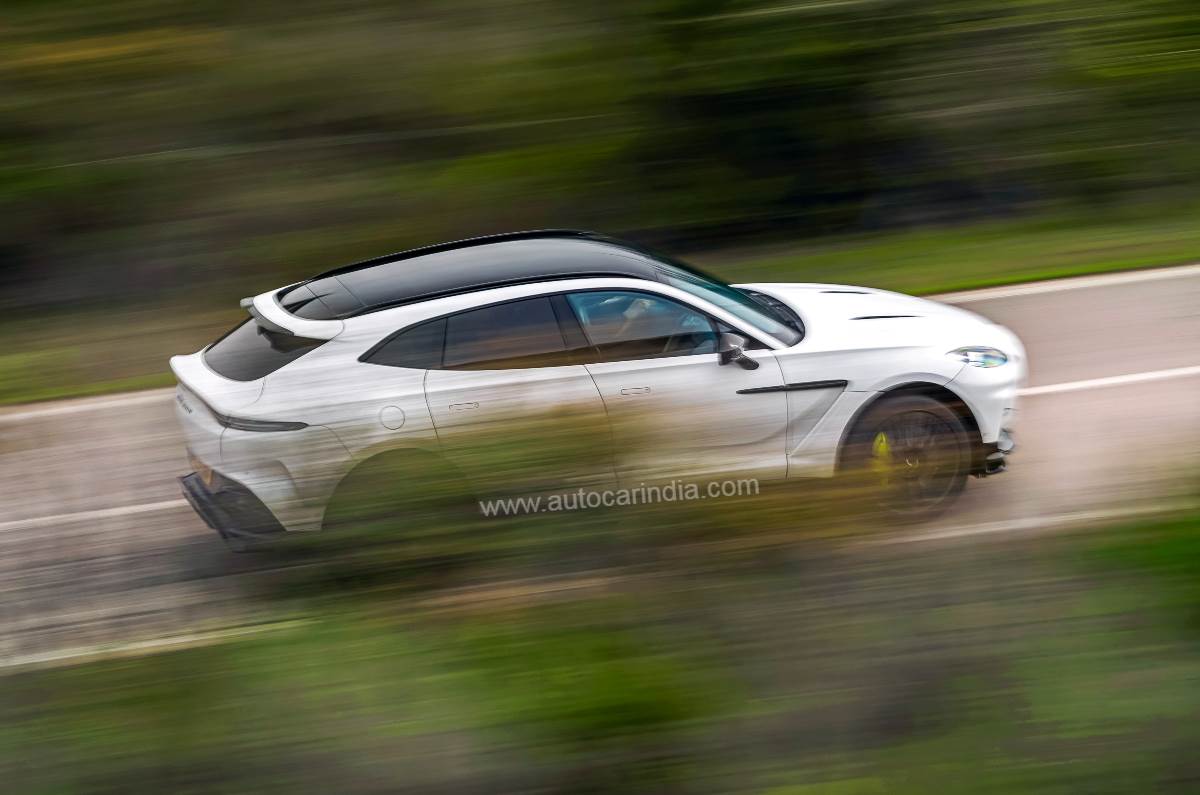
The DBX 550 was already one of the best handling SUVs we’d ever driven, and it’s been sharpened up ever so slightly for the 707. A bit more weight and speed in the steering, a bit less pitch and roll under braking and cornering, and frankly, there wasn’t much more that needed improving. This two-metre-wide, 2.3-tonne SUV has an uncanny ability to wrap itself around you, and keep you from wrapping it around the next light pole, with electronics that allow some deviance, yet rein you in at just the right moment, and quick enough responses to goad you on without scaring you.
The best part is that all the components – powertrain, chassis and electronics – feel cohesively interconnected in a way many of its rivals don’t, and it’s this holistic focus on an engaging drive that feels really special.
And still, all you have to do is switch it back down to GT mode to transform it into a relaxed cruiser. The three-chamber air suspension does a good job of ride quality – not soft and floaty like a full-on luxury car, but not harsh like a sportscar either. There’s an acceptable amount of firmness for a vehicle of this type, and one with ‘Aston Martin’ on its tailgate, but if comfort is the priority, we’d recommend sticking to the standard 22-inch wheels and not these optional 23-inch ones.

If there’s one component that doesn’t quite live up to the rest in the driving experience, it’s the gearbox. While it’s smooth and unobtrusive enough in GT mode, and shifts fast enough at full throttle in Sport+ mode, its responsiveness to your inputs in any of the modes can be a little slow at times.
Aston Martin DBX 707: expected price and verdict
With its more potent powertrain and chiselled handling, the DBX 707 casts a far wider net than the standard DBX 550. Its qualities of space, practicality, luxury and style are all still there, but now, it aims to dominate on the performance front too. The good news is it balances the two roles very well without making heavy compromises in either, with only its dated infotainment tech and at-times-lazy gearbox being small hiccups along the way.
In the Indian context, it seems like just what the doctor ordered for Aston Martin. The standard DBX, despite all its aforementioned positives, can come across a little expensive at Rs 4.10 crore (ex-showroom, India), given what else is available in the super-luxury and super-performance SUV space. But the added performance of the DBX 707 will no doubt be a huge draw, and we hear that it won’t be priced too much higher when it goes on sale, at roughly Rs 4.50 crore (expected ex-showroom, India).
Aston Martin’s relatively small presence in India could also deter some potential buyers. But for those in the know, and for whom driver involvement gets top priority when buying a super SUV, the DBX 707 should be right at the top of the shortlist.
Also See:
Aston Martin DBX 707 video review
]]>















